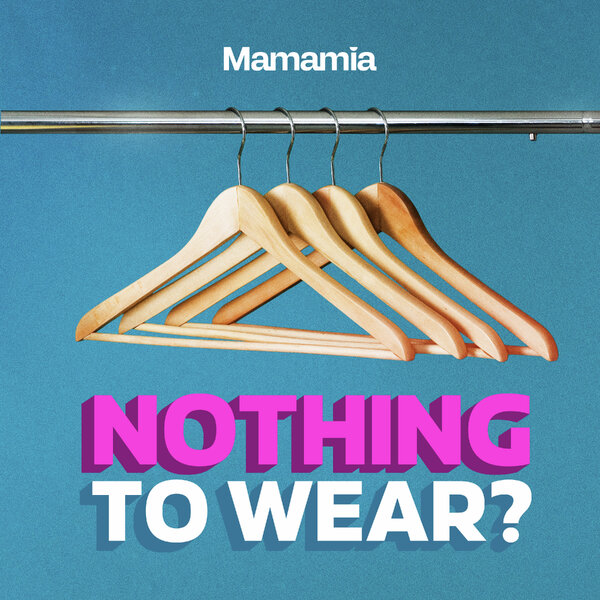It’s not always easy to tell. Nutritionist Zoe Bingley-Pullin has some handy hints on knowing where your food comes from and how it is grown.
The barcodes and labels on our fresh produce can tell us a story on both where the produce has come from, and how it was grown. If like me, you love to know that what you’re putting in your mouth is high quality and healthy, and the thought of being able to actively support Australian produce and our food production industry excites you, then you will enjoy this!
Read more: Become fluent in another language: Nutrition labels.
Let’s first talk about the origin.
When you look at the barcode on your foods, be sure to take note of the first 2-3 digits. This tells you where your food has come from.
AUSTRALIA: 93
USA & CANADA: 00-13
FRANCE: 30-37
GERMANY: 40-44
JAPAN: 49
UK: 50
DENMARK: 57
FINLAND: 64
SWITZERLAND & LIECHTENSTEIN: 76
SAUDI-ARABIAN: 628
UNITED ARAB EMIRATES: 629
CENTRAL AMERICA: 740-745
PHILIPPINES: All 480 codes
The following are some dangerous barcodes to look out for, as there are no food inspection regulations of foods grown or processed in China, Vietnam, Hong Kong or Thailand. Don’t forget the berry scare from Chinese Nanna’s we had recently!
CHINA & HONG KONG: 690 through to 695
TAIWAN: 471
There are also some products that are ‘sneaky’- so be wary. Highliner fish products for example, are raised in pens using chemicals, and then as they are processed and boxed in Canada, are labelled a ‘product of Canada’. Please think carefully before buying anything from China- their food regulating laws are just not the same as they are here.
Read more: Nobody knows what the f–k to eat anymore
Now, let’s cover production.
Everyone has their own reasons for wanting to know how their food is produced, be it following traditional farming practices, organically, or if it is genetically modified; yet a lot of the time it’s unknown as to how to find out this information! Here is where the PLU barcodes on fresh produce come into it.





























































































